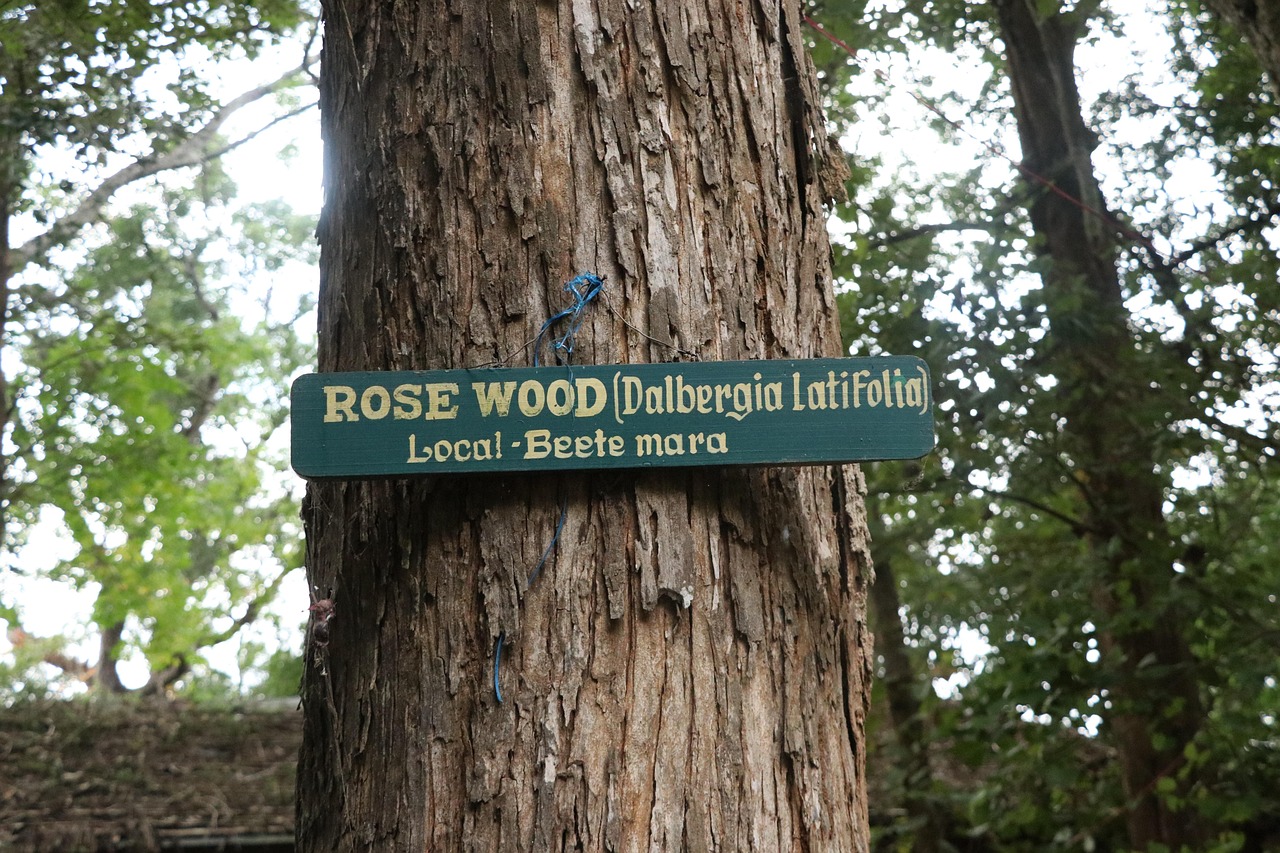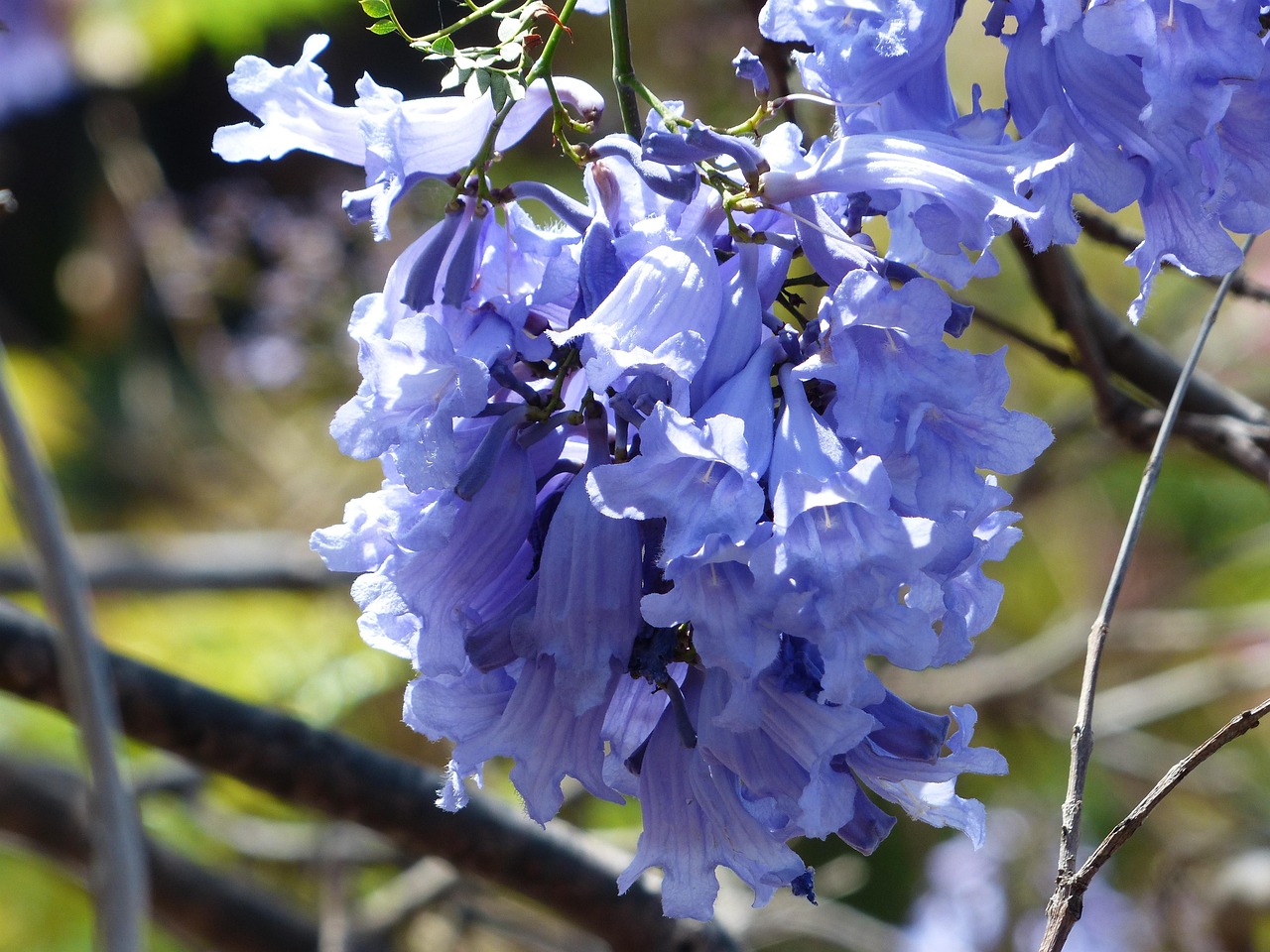The rosewood tree has a moderate to fast growth rate, typically reaching heights of 30 to 100 feet and trunk diameters of 1 to 3 feet within 20 to 50 years, depending on the species and environmental conditions. This growth rate makes it suitable for fine hardwood production.
Understanding Rosewood Trees
Rosewood trees belong to the genus Dalbergia and are renowned for their dense, high-quality hardwood. They are primarily found in tropical and subtropical regions around the world. The wood from rosewood is highly valued for its beautiful grain patterns and rich color, making it a popular choice for furniture, musical instruments, and decorative veneers.

There are several species of rosewood, each with distinct characteristics. Some of the most sought-after species include Brazilian rosewood (Dalbergia nigra), Indian rosewood (Dalbergia latifolia), and African rosewood (Dalbergia melanoxylon). These species vary in growth rates, wood density, and color, contributing to their unique applications in fine woodworking.
Growth Rate Factors
The growth rate of rosewood trees is influenced by several factors. These include soil quality, climate, moisture availability, and proper care during their early stages. Understanding these factors can help in optimizing growth for fine hardwood production.
Soil Quality
Rosewood trees thrive in well-drained, fertile soils rich in organic matter. Sandy loam or clay loam soils are ideal for their growth. Soil pH should ideally be between 6.0 and 7.5. Poor soil conditions can hinder growth and reduce the quality of the wood.

Climate
Tropical regions with warm temperatures and consistent rainfall provide the best environment for rosewood trees. They prefer temperatures ranging from 60°F to 95°F. Extreme cold or prolonged drought can negatively impact their growth.
Moisture Availability
Rosewood trees require a consistent supply of moisture, especially during their early years. While they are somewhat drought-tolerant once established, young trees need regular watering to support healthy growth. Excessive waterlogging can lead to root rot, which is detrimental to the tree’s development.
Typical Growth Rates
The growth rate of rosewood trees can vary significantly based on species and environmental conditions. Below is a table summarizing the average growth rates for several popular species of rosewood:

| Species | Average Height (Years) | Average Diameter (Inches) | Time to Maturity (Years) |
|---|---|---|---|
| Brazilian Rosewood | 30-50 ft | 12-36 | 50-70 |
| Indian Rosewood | 30-60 ft | 10-24 | 30-50 |
| African Rosewood | 30-65 ft | 12-30 | 40-60 |
As shown in the table, Brazilian rosewood tends to have the longest maturation period and can achieve significant height and diameter compared to other species. Understanding these rates is crucial for landowners and cultivators interested in sustainable hardwood production.
Additionally, proper management practices such as pruning, pest control, and appropriate spacing between trees can enhance growth rates and result in higher quality wood. Establishing a healthy forest ecosystem also contributes positively to the growth and sustainability of rosewood trees.
The cultivation of rosewood not only serves economic purposes but also plays an essential role in ecosystem conservation. Maintaining a balance between harvesting and replanting is vital to ensure the long-term viability of rosewood species in their natural habitats.
Planting Techniques for Rosewood Trees
Successful cultivation of rosewood trees begins with effective planting techniques. The choice of location, planting time, and methods can significantly influence growth rates and overall health. This section will discuss the best practices for planting rosewood trees to ensure optimal development.

Site Selection
Choosing the right site is crucial for the successful growth of rosewood trees. Ideal locations should have the following characteristics:
- Sunlight: Rosewood trees thrive in full sunlight. Select a site that receives at least 6 to 8 hours of direct sunlight per day.
- Drainage: Ensure that the soil has good drainage to prevent waterlogging. Avoid low-lying areas where water tends to accumulate.
- Protection: Consider windbreaks or natural barriers to protect young trees from strong winds.
Soil Preparation
Before planting, it is essential to prepare the soil adequately. This preparation can include:
- Testing Soil: Conduct a soil test to determine pH and nutrient levels. This information will guide any amendments needed.
- Amending Soil: Incorporate organic matter such as compost or well-rotted manure to improve soil fertility and structure.
- Tilling: Till the soil to a depth of at least 12 inches to promote aeration and root penetration.
Planting Time
The best time to plant rosewood trees is during the wet season when rainfall is abundant. This timing helps establish roots before the dry season. In tropical regions, this typically falls between late spring and early summer.
Planting Techniques
When planting rosewood trees, follow these steps for effective establishment:
- Spacing: Space seedlings at least 10 to 15 feet apart to allow for adequate growth and air circulation.
- Planting Depth: Dig a hole that is twice as wide and slightly deeper than the root ball. Place the tree in the hole at the same depth it was growing in the nursery.
- Backfilling: Backfill with soil, gently tamping down to remove air pockets while being careful not to compact the soil too tightly.
Watering Practices
Proper watering is vital for young rosewood trees. Adequate moisture during the initial growth phase supports root establishment and overall tree health. Here are some guidelines:
Watering Frequency
Younger trees require more frequent watering. During the first year:
- Weekly Watering: Water once a week, ensuring that the soil remains consistently moist but not saturated.
- Drought Monitoring: During dry spells, check soil moisture regularly and increase watering frequency as needed.
Irrigation Techniques
If natural rainfall is insufficient, consider using irrigation systems. Drip irrigation is highly effective as it conserves water and delivers moisture directly to the root zone.
Pest and Disease Management
Pest and disease issues can hinder the growth of rosewood trees. Early detection and management are crucial for maintaining tree health. Common pests include:
- Borers: These insects can weaken trees by tunneling into the wood. Regular inspection is necessary for early identification.
- Aphids: Aphids can be managed using insecticidal soaps or natural predators like ladybugs.
Rosewood trees can also be susceptible to fungal diseases. Implementing proper cultural practices, such as maintaining good air circulation and avoiding overhead watering, can help minimize these risks.
Nutrient Requirements
Rosewood trees benefit from regular fertilization, especially during their formative years. A balanced fertilizer with equal parts nitrogen, phosphorus, and potassium can support healthy growth. Apply fertilizer in early spring as new growth begins. Avoid over-fertilization, which can lead to excessive leaf growth at the expense of wood density.
In summary, understanding effective planting techniques, watering practices, pest management, and nutrient requirements is crucial for optimizing the growth rate of rosewood trees for fine hardwood production. These practices ensure not only healthy trees but also sustainable harvesting in the future.
Sustainable Harvesting Practices
To ensure the longevity of rosewood trees and the ecosystems they inhabit, sustainable harvesting practices are essential. These methods not only preserve the tree population but also maintain the quality of the hardwood produced. This section will explore various sustainable harvesting techniques and their benefits.
Selective Logging
Selective logging involves the careful removal of mature trees while preserving younger ones. This method allows for:
- Natural Regeneration: Younger trees continue to grow and mature, ensuring a continuous supply of timber.
- Biodiversity Protection: Preserving the surrounding flora and fauna supports ecosystem health.
- Reduced Environmental Impact: Less disruption to the forest floor minimizes soil erosion and habitat destruction.
Timber Rotation
Implementing a timber rotation system allows for planned harvesting intervals, which can enhance growth rates and wood quality. Key aspects include:
- Growth Assessment: Regularly assess the growth rates of trees to determine optimal harvest times.
- Replanting: After harvesting, replanting should occur immediately to maintain forest cover and encourage regeneration.
- Monitoring: Continually monitor the health of the forest and adjust harvesting practices as necessary.
Economic Benefits of Rosewood Production
Cultivating rosewood trees can provide significant economic advantages. The high demand for rosewood in various industries, such as furniture making and instrument production, creates lucrative opportunities for growers. The following are key economic benefits of rosewood production:
High Market Value
Rosewood is one of the most sought-after hardwoods in the world. Its unique aesthetic properties and durability make it desirable for high-end products. Factors contributing to its market value include:
- Aesthetic Appeal: The rich color and intricate grain patterns enhance the visual appeal of finished products.
- Densely Packaged Wood: The weight and density of rosewood contribute to its durability, making it suitable for long-lasting applications.
- Limited Availability: As certain species face conservation challenges, limited supply can drive prices higher.
Diverse Product Opportunities
The versatility of rosewood allows for various product innovations. Growers can explore multiple avenues, including:
- Furniture Manufacturing: High-quality rosewood furniture is a staple in luxury markets.
- Musical Instruments: Many renowned instruments, such as guitars and pianos, utilize rosewood for its acoustic properties.
- Veneers and Flooring: The fine grain of rosewood makes it a popular choice for veneers and high-end flooring solutions.
Challenges in Rosewood Cultivation
Despite the numerous benefits associated with rosewood cultivation, there are challenges that growers may face. Addressing these challenges is crucial for successful production.
Environmental Regulations
Due to overharvesting and illegal logging practices, many countries have implemented strict regulations regarding rosewood harvesting. Key points include:
- CITES Regulations: Certain species of rosewood are listed under the Convention on International Trade in Endangered Species (CITES), restricting their trade.
- Local Laws: Familiarizing oneself with local regulations is essential to ensure compliance and avoid legal issues.
Pest Management Challenges
Pests can significantly affect rosewood health and growth rates. Effective pest management strategies must be in place, including:
- Regular Monitoring: Frequent inspections help identify pest issues early on.
- Integrated Pest Management (IPM): Combining biological control methods with chemical treatments can effectively manage pest populations while minimizing environmental impact.
The Role of Research in Rosewood Growth
Ongoing research plays a vital role in enhancing rosewood cultivation practices. Scientific studies focus on various aspects such as growth optimization, disease resistance, and genetic improvements. Some key areas of research include:
- Genetic Studies: Identifying superior genetic lines can lead to faster growth rates and improved wood quality.
- Sustainable Practices Research: Developing innovative techniques for pest control and soil management helps promote sustainability.
- Ecosystem Impact Studies: Researching how rosewood cultivation affects local ecosystems can inform better management practices.
The integration of research findings into practical applications will play a crucial role in ensuring the future success of rosewood cultivation for fine hardwood production.
Future Trends in Rosewood Cultivation
As the demand for rosewood continues to rise, various trends are emerging within the industry that could shape the future of rosewood cultivation. Understanding these trends is essential for growers and stakeholders involved in fine hardwood production.
Agroforestry Integration
Agroforestry, which combines agricultural practices with forestry, is gaining popularity as a sustainable approach to rosewood cultivation. This method allows farmers to:
- Diversify Income: By integrating crops or livestock with rosewood plantations, farmers can create multiple revenue streams.
- Enhance Soil Health: Planting companion crops can improve soil fertility and reduce pest pressures.
- Increase Biodiversity: Agroforestry encourages a more diverse ecosystem, which can lead to better resilience against diseases and pests.
Technological Advancements
The adoption of modern technology is transforming traditional practices in rosewood cultivation. Some significant advancements include:
- Drones and Satellite Imaging: These technologies help monitor tree health, growth rates, and forest conditions from above, providing valuable data for land management.
- Precision Agriculture: Utilizing sensors and data analytics can optimize irrigation, fertilization, and pest management, enhancing overall productivity.
- Genetic Engineering: Research into genetically modified rosewood could lead to faster growth rates, disease resistance, and improved wood quality.
Certification Programs
As consumers become more environmentally conscious, certification programs for sustainable forestry practices are gaining traction. Some benefits of participating in such programs include:
- Market Demand: Certified products often command higher prices as consumers are willing to pay for sustainably sourced materials.
- Access to Global Markets: Certification can open doors to international markets that prioritize sustainability.
- Improved Management Practices: Certification programs typically require adherence to best management practices that benefit both the environment and the grower.
Final Thoughts
The growth rate of rosewood trees is a critical factor in fine hardwood production. Through effective planting techniques, sustainable harvesting practices, and ongoing research, growers can optimize the potential of rosewood as a valuable resource. The importance of understanding environmental regulations and challenges cannot be overstated, as these factors directly influence not only the success of individual growers but also the health of the ecosystems where these trees thrive.
The economic benefits associated with rosewood cultivation are significant, offering opportunities for high-value products in various industries. However, the future of rosewood production will depend on adaptability and innovation in response to changing market demands and environmental challenges.
Ultimately, a commitment to sustainable practices will ensure that rosewood trees continue to thrive. By balancing economic interests with environmental stewardship, stakeholders can contribute to a future where rosewood remains an enduring symbol of quality and craftsmanship in hardwood production.
The synthesis of traditional knowledge with modern technology and research holds the potential to enhance the cultivation of rosewood trees significantly. As we move forward, embracing these advancements will be crucial for maintaining the viability of rosewood as a premium hardwood resource well into the future.
